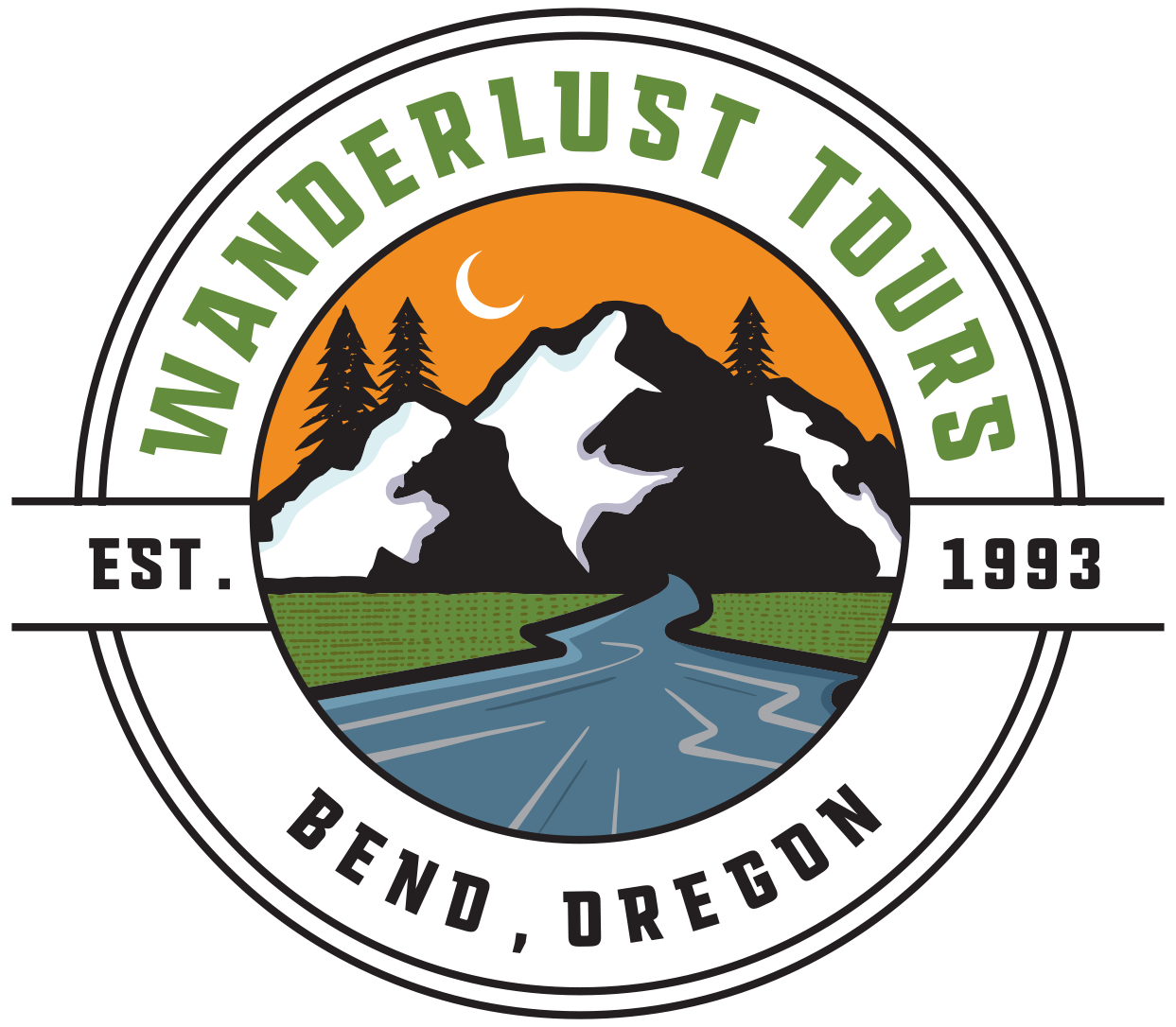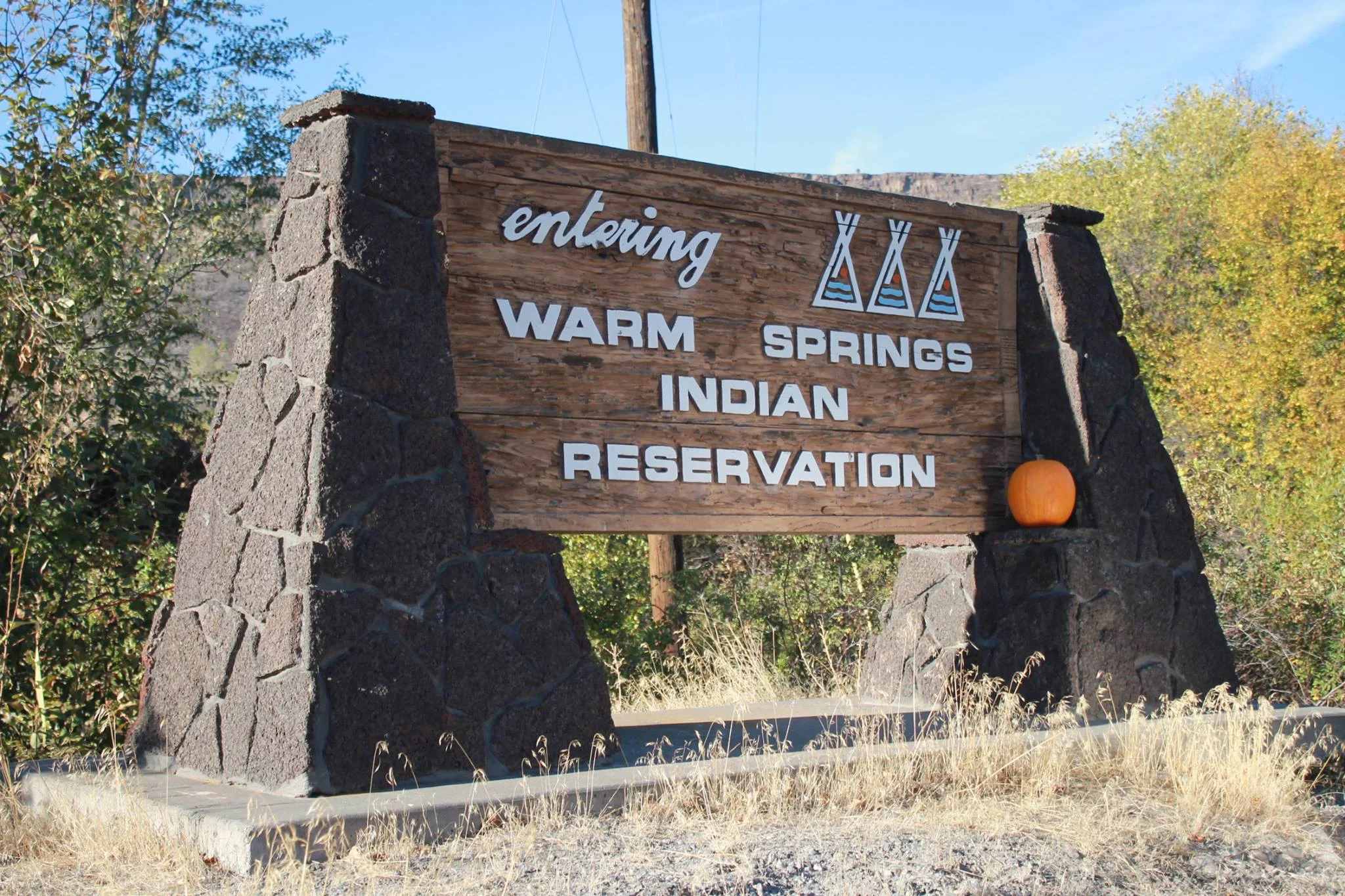It’s true: Central Oregon is the high desert! We have less water at our disposal: a large portion of our water derives from melt-off in the Cascades rather than rainfall, and for this reason, Bend imposes strict limitations on irrigation within city limits. Because of this, gardeners and designers in Bend have had to get creative with their landscape planning.
An example of xeriscaping in California
WATER CONSUMPTION
You might not consider a garden a great consumer of water. On the contrary, gardens that require a sprinkler system can consume HUGE amounts of water! According to the Washington Suburban Sanity Commission, “running a typical sprinkler from a standard garden hose (5/8”) for one hour uses about 1,020 gallons of water; if you run it three times per week, that is about 12,240 gallons per month.” That’s a whole lot of water!
Photo courtesy of Nature’s Plan, LLC
THE 7 PRINCIPLES OF XERISCAPING
According to WaterUseItWisely.com, the most important principles of xeriscaping are the following:
Planning and Design
Soil Improvement
Practical Turf Area
Efficient Irrigation
Mulch
Low Water-Use Plants
Appropriate Maintenance
Check out their website for more tips on how to xeriscape in your own yard!
The careful use of stone is quite common
A garden like this can require over 12,000 gallons of water a month!
In the desert, we simply can’t afford to use that much water for our garden. For this reason, xeriscaping is super popular for the homes and public spaces in Bend.
This philosophy conserves water, and ultimately protects the environment by encouraging native plants to grow and thrive. Native plants in Central Oregon are naturally drought-tolerant, and require very little to survive.
Succulents and hardy drought-resistant plants are popular in xeriscaping
You can even have flowering plants!
RESOURCES
It’s always a great idea to learn about the native plants in your area. These are always the best choice for planting a garden, because they are meant to thrive in your yard’s particular climate. It’s also important to encourage the thriving of native plant species (being mindful of invasive species, of course!) in order to support a healthy local ecosystem.
Check with your local plant nursery to see what native plants require the least amount of water. In Bend, Clearwater Native Plant Nursery and Wintercreek Restoration and Nursery are great resources for purchasing and consulting about native plant varieties.
PlantSelect has some ready-made landscape designs to get you started on your design ideas. Check Pinterest and YouTube to see what other people have done. With xeriscaping, you can have a beautiful garden in the desert, while protecting the local ecosystem!
Enjoy lush greens, without the water consumption!




















